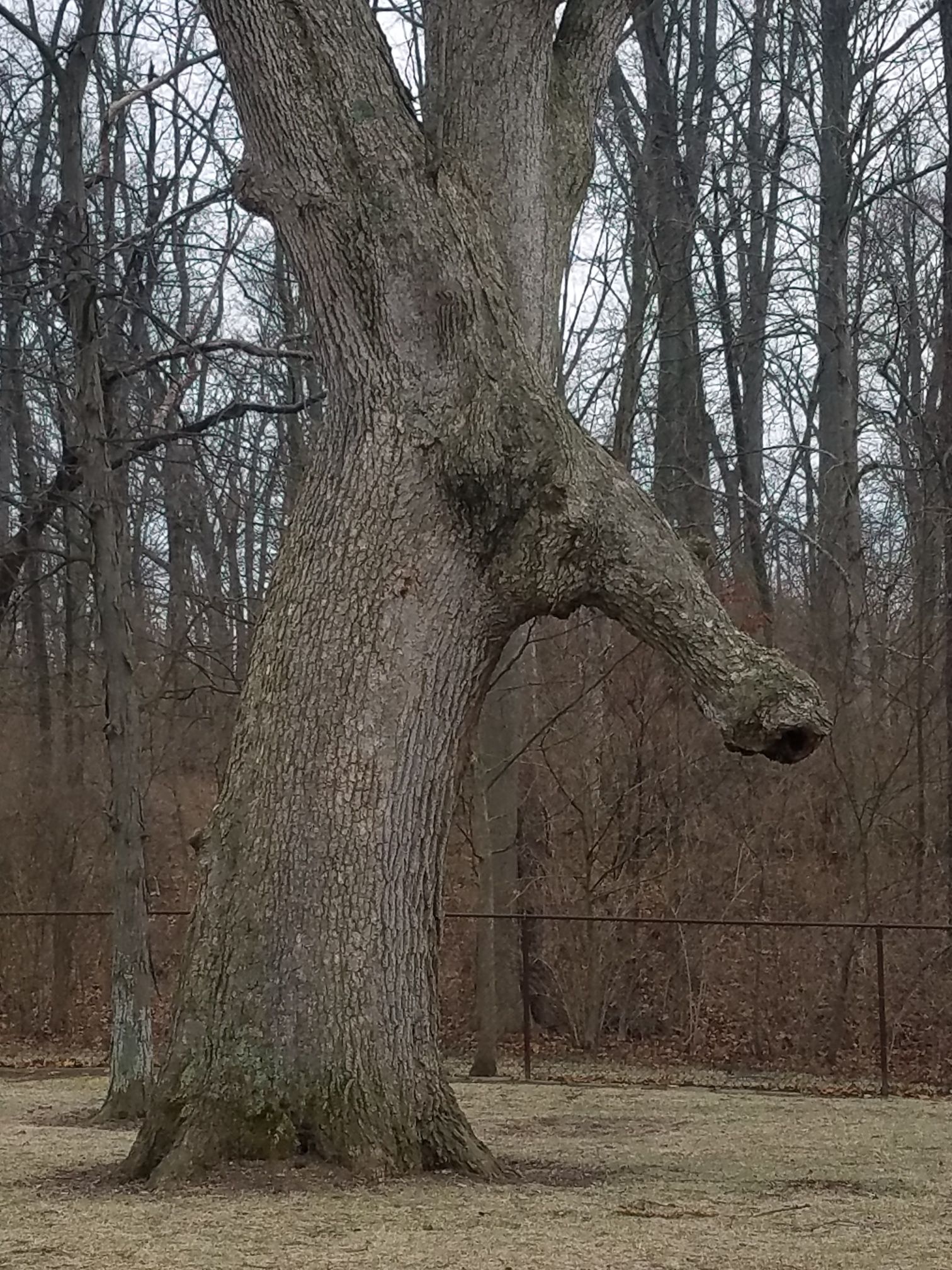The Elephant Tree: "Trees and people are similar."

The first time I saw this tree, I had to ask how it became what we see today. What caused it to look like an elephant? However, I realized that tree development and growth are similar to human development.
Our fundamental requirements are the same: air, food, water, and shelter. Beyond these general requirements, what makes us unique is primarily defined by where we grow up, what kind of environment we have around us, our fellow neighbors, and our support system. Trees are no different and have many other behaviors based on whether they grow in the mountains, on a hillside, beside a river, by a lake, in a valley, or your garden. These aspects make us unique, define who we are, and are part of our lives.
While many defining characteristics are held within our minds, humans can physically see and touch these differences in trees. They present themselves in tree leaves, shape, bark, size, seeds, and wood. Even after a tree has died, we can look at the wood to understand its history and what makes it unique.
Wood is grown in trees to facilitate the movement of fluids and nutrients from the ground to the leaves to produce sugars via photosynthesis. More wood that reflects the tree's current state is made every year. As children, many of us counted the annual growth rings in logs to determine the age of a tree.
An outward tree's appearance years after birth changes, just like most people have also changed.



